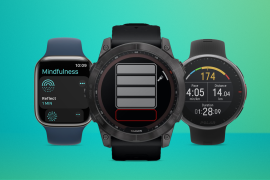Huawei MateBook 14 (2024) review: load lightened
A minty-fresh laptop that mostly matches the mighty MacBook Air
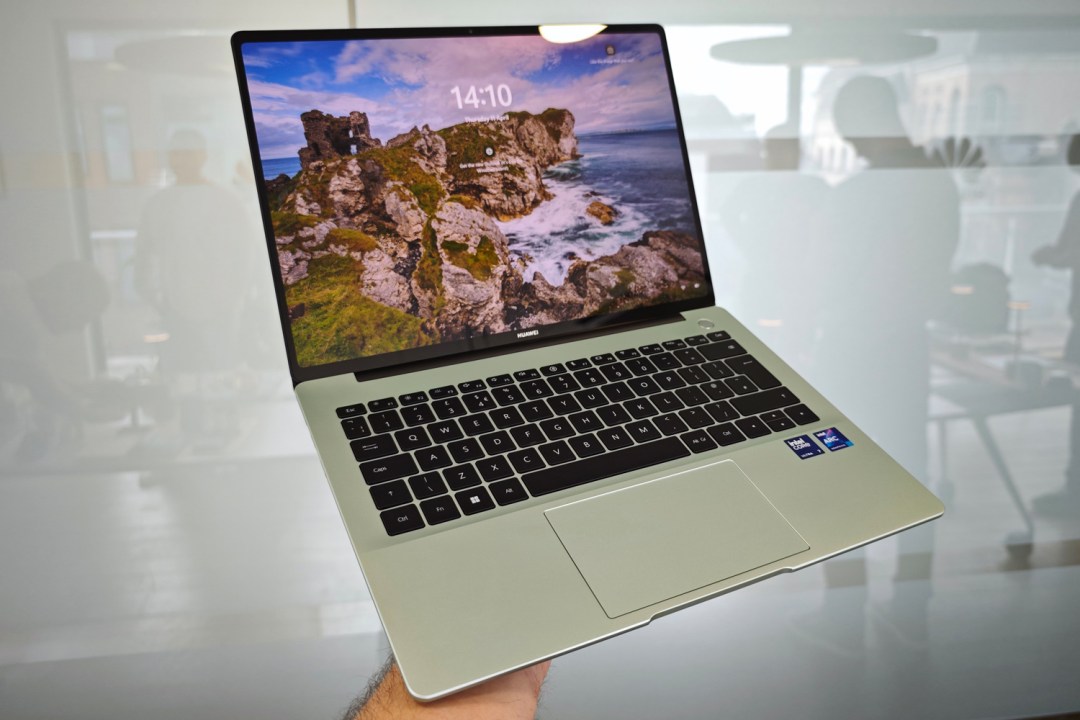
Stuff Verdict
This slimmer, lighter MateBook 14 is a very capable all-rounder that holds its own against class leaders. It’s not perfect, and may not be around for long, but is hard to beat for sheer value.
Pros
- Sleeker styling and skinny screen bezels
- Intel Core Ultra 7 muscle
- Eye-soothing OLED display
Cons
- Battery life only OK
- Chip restrictions may limit supply
- Speakers lack punch
Introduction
Whenever Huawei refreshes its laptop line-up, it’s usually the top-tier MateBook X Pro that commands all the attention. Things are a little different for 2024. Sure, the new flagship is lighter than virtually any current top laptop, but a revised design, Intel Core Ultra performance and an OLED screen mean the more affordable MateBook 14 is almost as compelling. Arguably more so, if you’re on a sensible budget.
At just 1.31kg it’s a perfectly portable machine, and Huawei hasn’t skimped on connectivity. Generous amounts of memory and storage for the £1199 asking price mean it significantly undercuts the equivalent MacBook Air, and compares favourably with Windows rivals. Does that make it the everyman ultraportable PC users have been waiting for? Or have recent US chip restrictions meant it only has a short time left to live? Time to find out.
How we test laptops
Every laptop reviewed on Stuff is used as our main device throughout the testing process. We use industry standard benchmarks and tests, as well as our own years of experience, to judge general performance, battery life, display and sound quality. Manufacturers have no visibility on reviews before they appear online, and we never accept payment to feature products.
Find out more about how we test and rate products.
Design & build: make mine mint
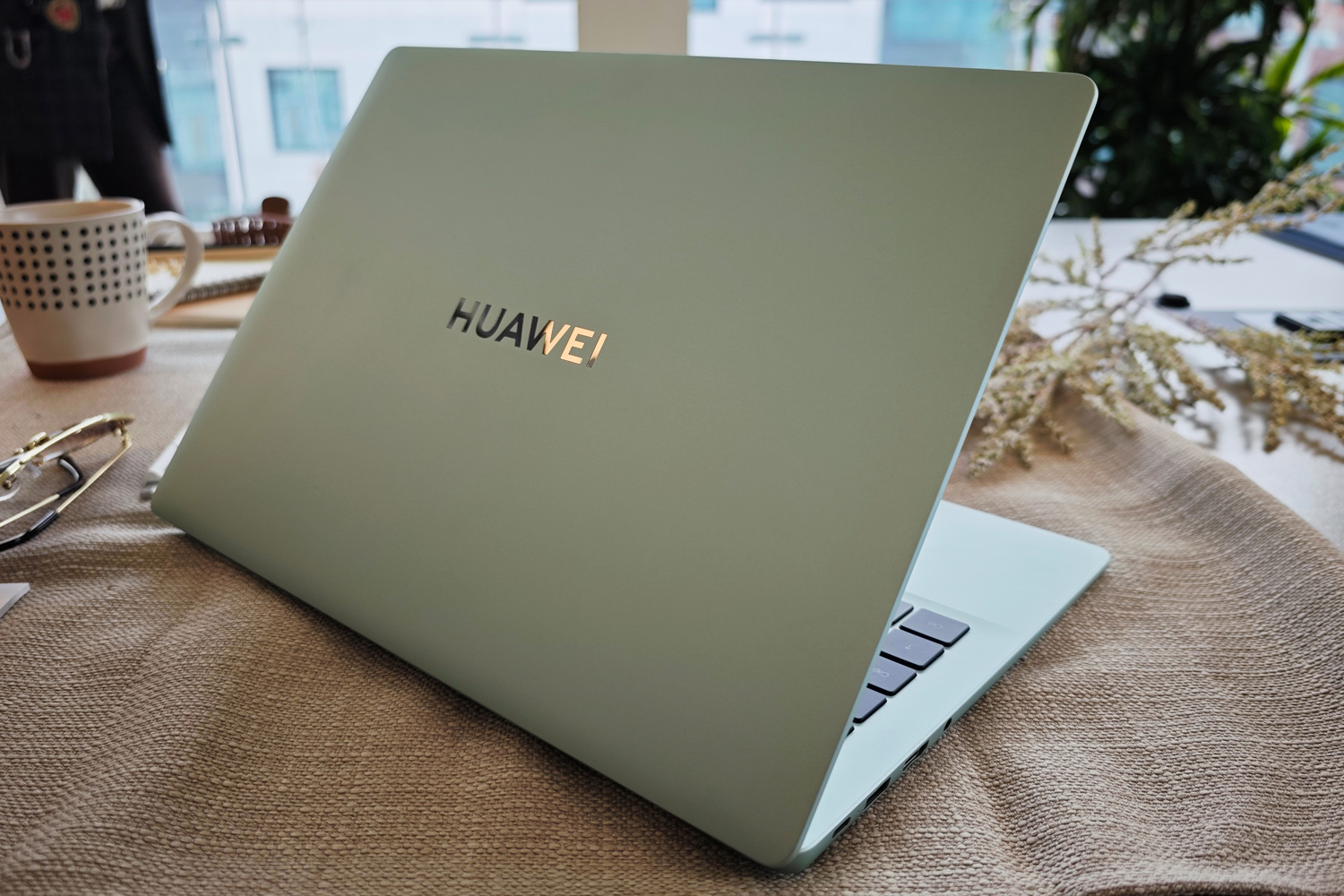
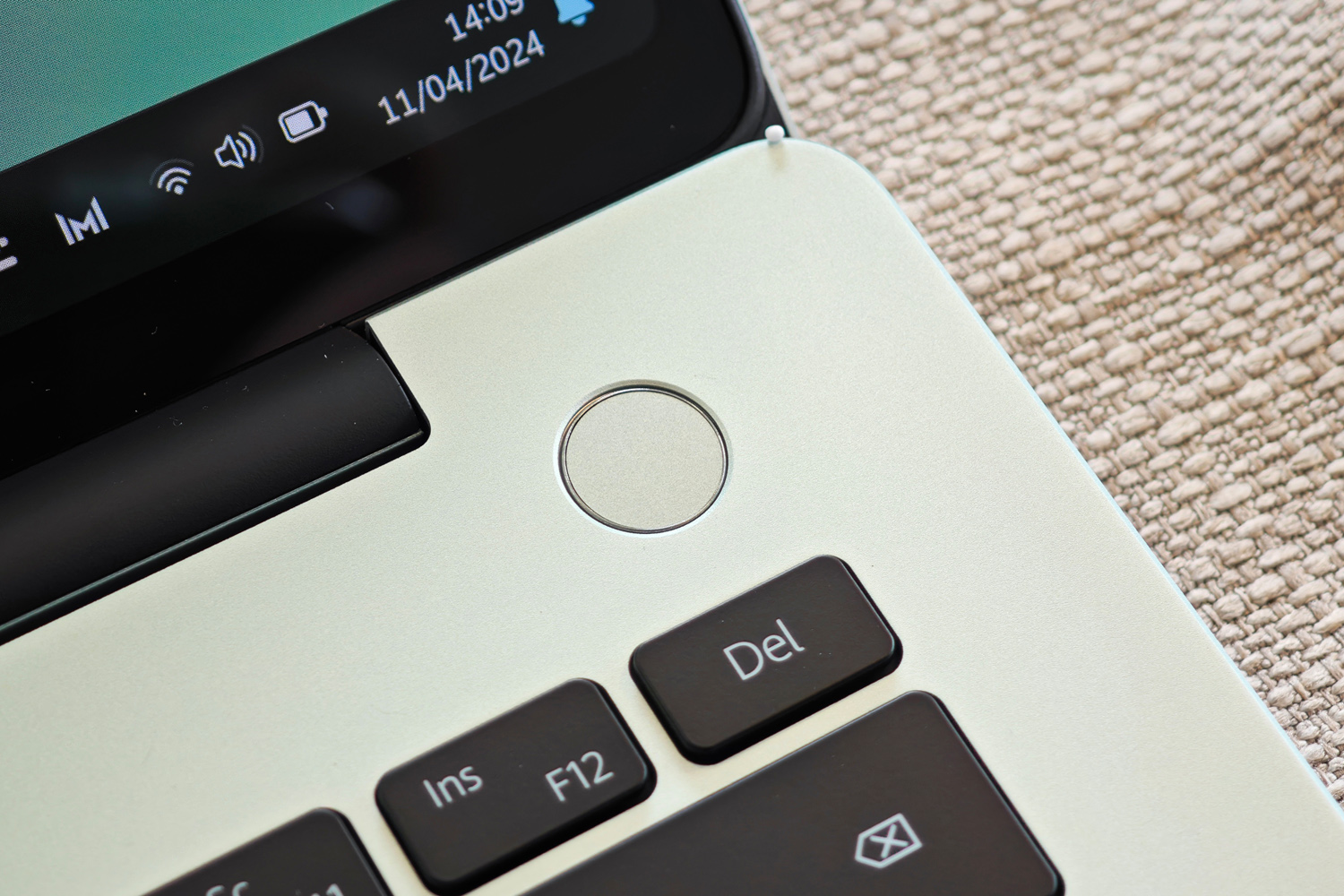
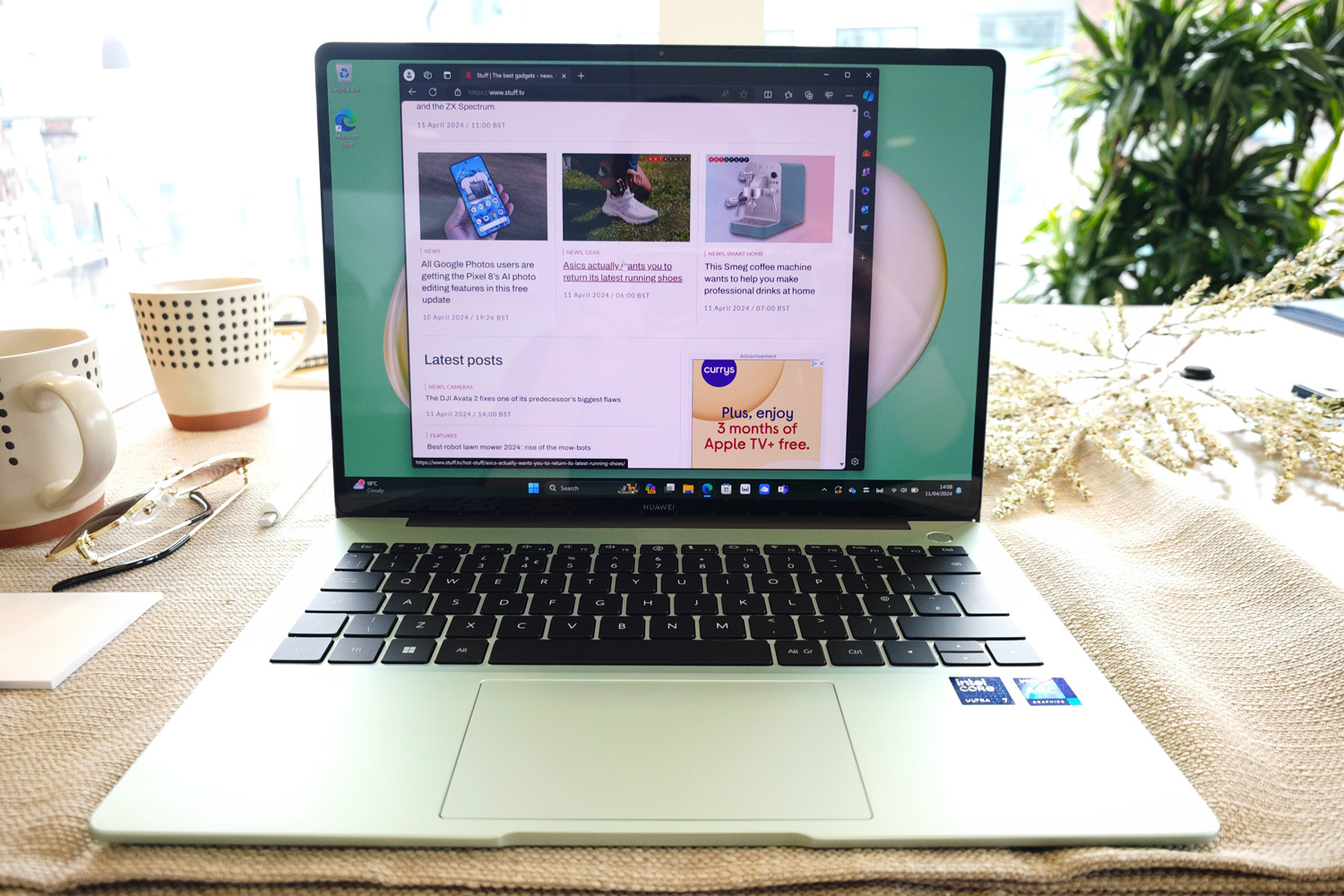
Mint Green probably wouldn’t be my first choice when buying a new laptop, but in person, the Huawei MateBook 14 pulls off such a distinctive hue rather convincingly. The finish looks dark green at certain angles, and an almost silver-like light at others. There’s a Space Grey version available in certain territories, if you prefer a more traditionally hued laptop.
It helps that Huawei has streamlined the styling, opting for more of a wedge shape than previous iterations, which were a bit blockier. Factor in the prominent yet simple logo on the lid, a thickness less than 15mm at its most prominent, and a new air vent pattern on the underside comprised of hundreds of tiny holes, and you can’t deny this is one good-looking laptop.
The aluminium chassis is satisfyingly light, too, if not quite the featherweight that is the new Huawei MateBook X Pro (2024). I happily threw it in my bag and went on some day-long events without a second thought, and the smartphone-like power brick didn’t weigh me down either.
Open the lid and you’ll spot the satisfyingly skinny screen bezels and ‘frameless’ keyboard, with the keys sitting flush to the laptop body rather than recessed like previous generation MateBook 14s. Some might say Apple has the edge on laptop design; models like this would like to disagree. I certainly think it puts most Windows-powered rivals to shame in the £1000-1300 price bracket.
There’s more connectivity here than you’ll find on Apple’s offering, too. Two USB ports (one either side), a full-size HDMI port and a 3.5mm audio port, as well as a single USB-C port. That has to be used for charging, though, so you’ll need a dongle to hook up any other USB-C peripherals. I’d have rather seen twin USB-Cs and a single USB-A.
Screen & sound: winning combination
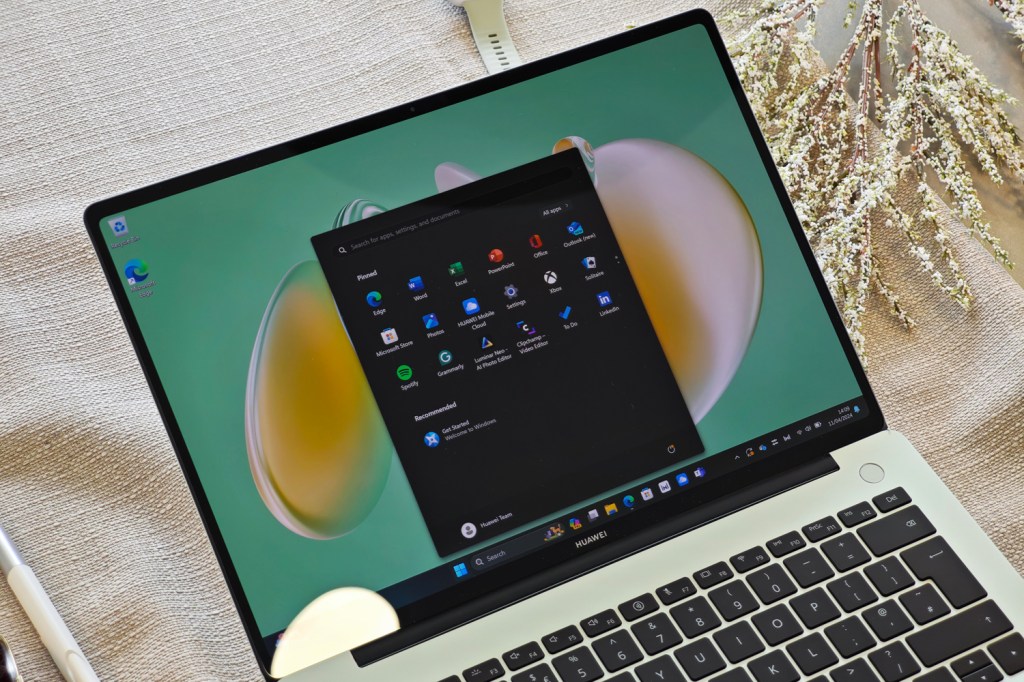
OLEDs are the accepted norm in the phone and TV worlds, but they’re still something of a rarity in laptops. Unless you’re paying the big bucks, anyway. That makes the MateBook 14 a bit special, trading blows with Asus and Lenovo (the two biggest OLED adopters so far) courtesy of a 14in stunner of a screen.
It has a wonderfully crisp 2880×1920 resolution, work-friendly 3:2 aspect ratio, and dynamic 60/120Hz refresh rate that lets you prioritise smooth motion or longer battery life. It’s touch-friendly, too, and even supports Huawei’s M-Pencil stylus. I’d want to keep a cloth handy if you plan on smudging the screen with your fingers, though – that glossy finish quickly picked up prints during my testing.
Colours are wonderfully vibrant and impactful, with deep inky blacks and simply exceptional contrast. Whether I was writing out emails, streaming video or simply browsing the web, images and videos properly popped. Colour space coverage is excellent for both DCI-P3 and sRGB, while accuracy is top notch as well. Colour-critical work will be no problem on this display. Viewing angles are top tier, too.
Brightness has been hiked from 300 nits on the outgoing model to 450 nits peak here. It’s half what the MateBook X Pro is capable of, but given that model costs almost twice the price, I think it’s a fair trade. The MateBook is more than bright enough for working in well-lit office environments, even with sunlight streaming in through the windows. HDR content wows with bright highlights and deep, dark shadows.
I was less impressed by the down-firing stereo speakers, which do a decent enough job for voice calls and dialogue in TV shows, but lack any real low-end presence. Apple has proven thin laptops can also deliver great sound, and Huawei’s other models perform admirably, but I regularly reached for my headphones when working on the MateBook.
Keyboard & touchpad: out of frame
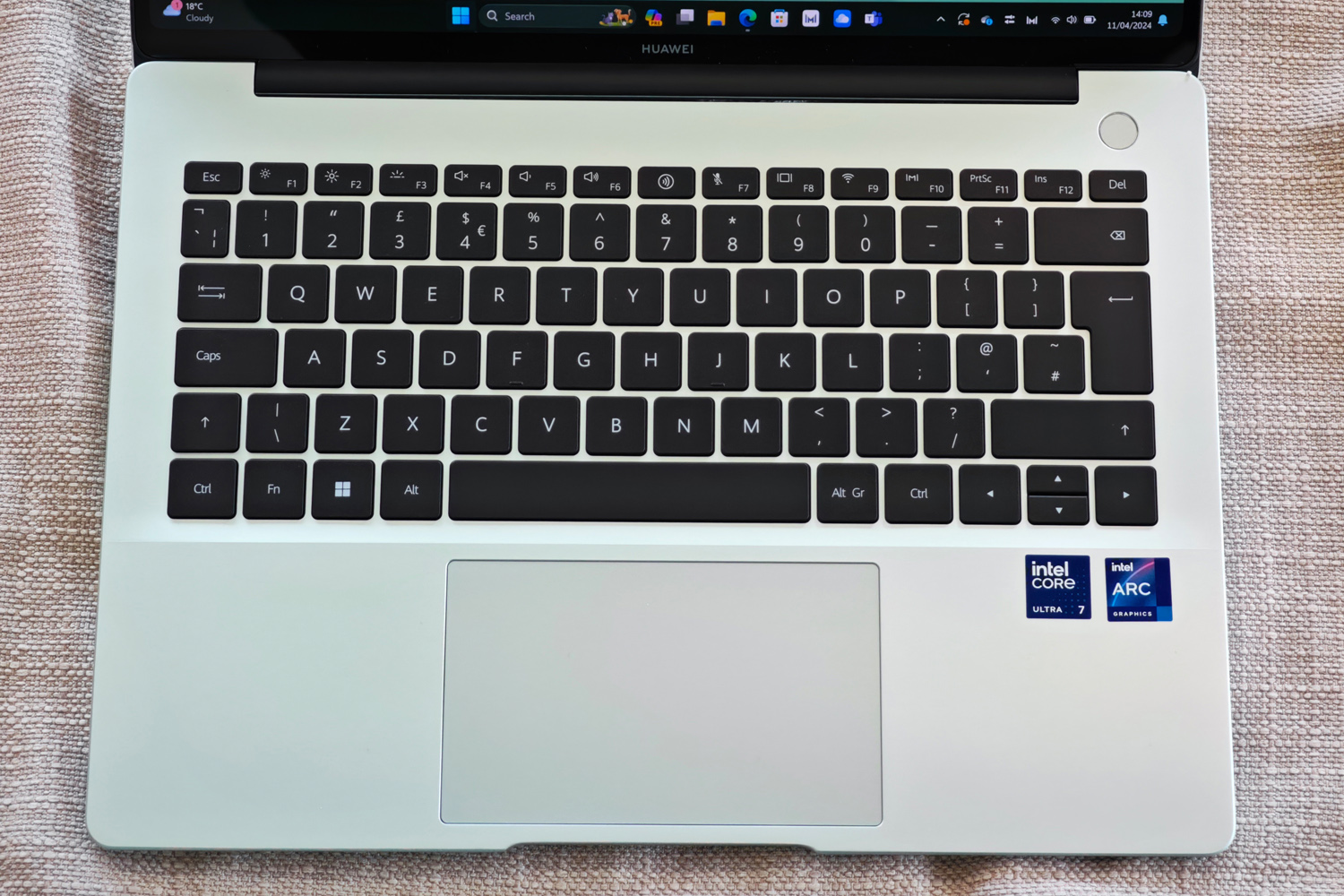
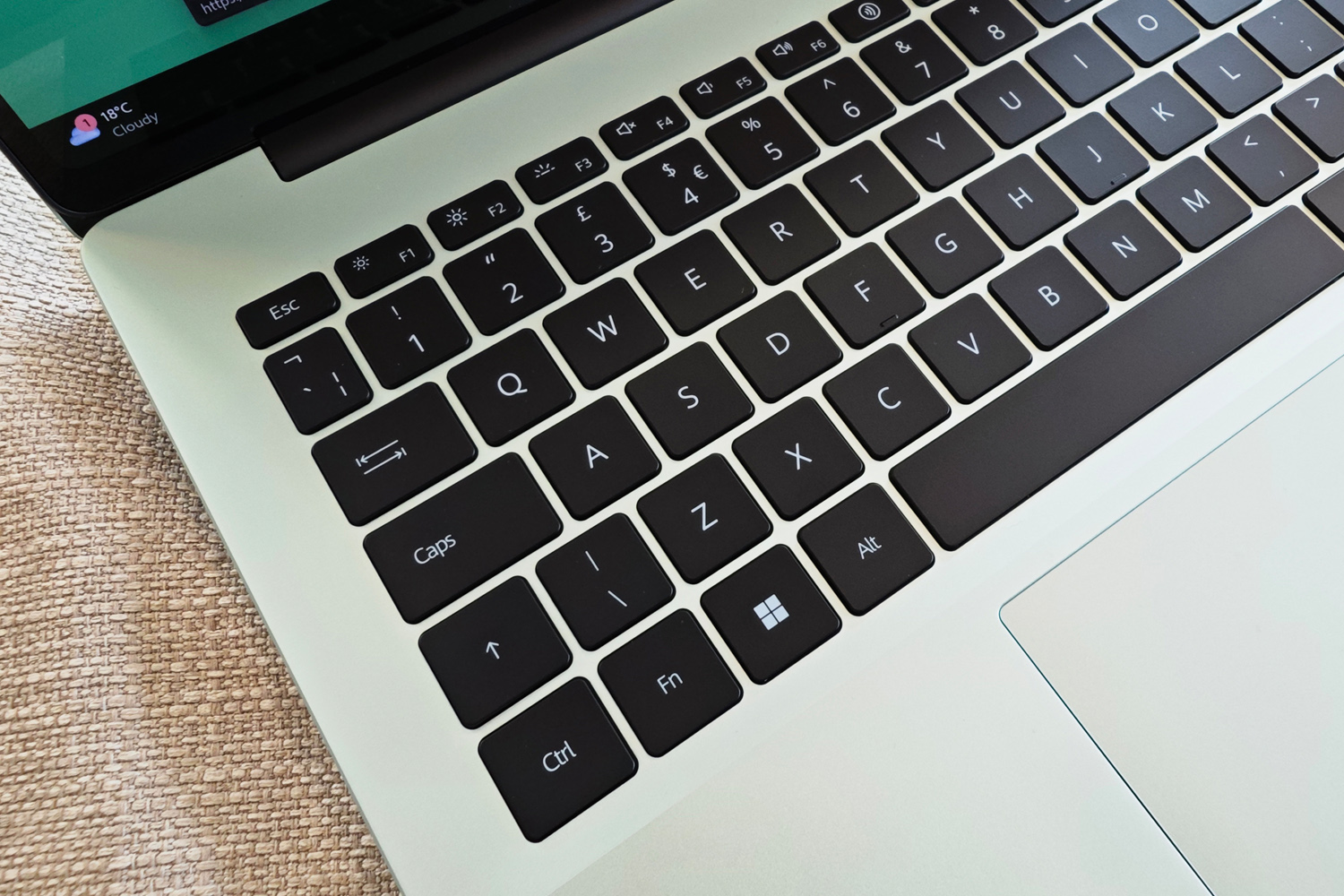
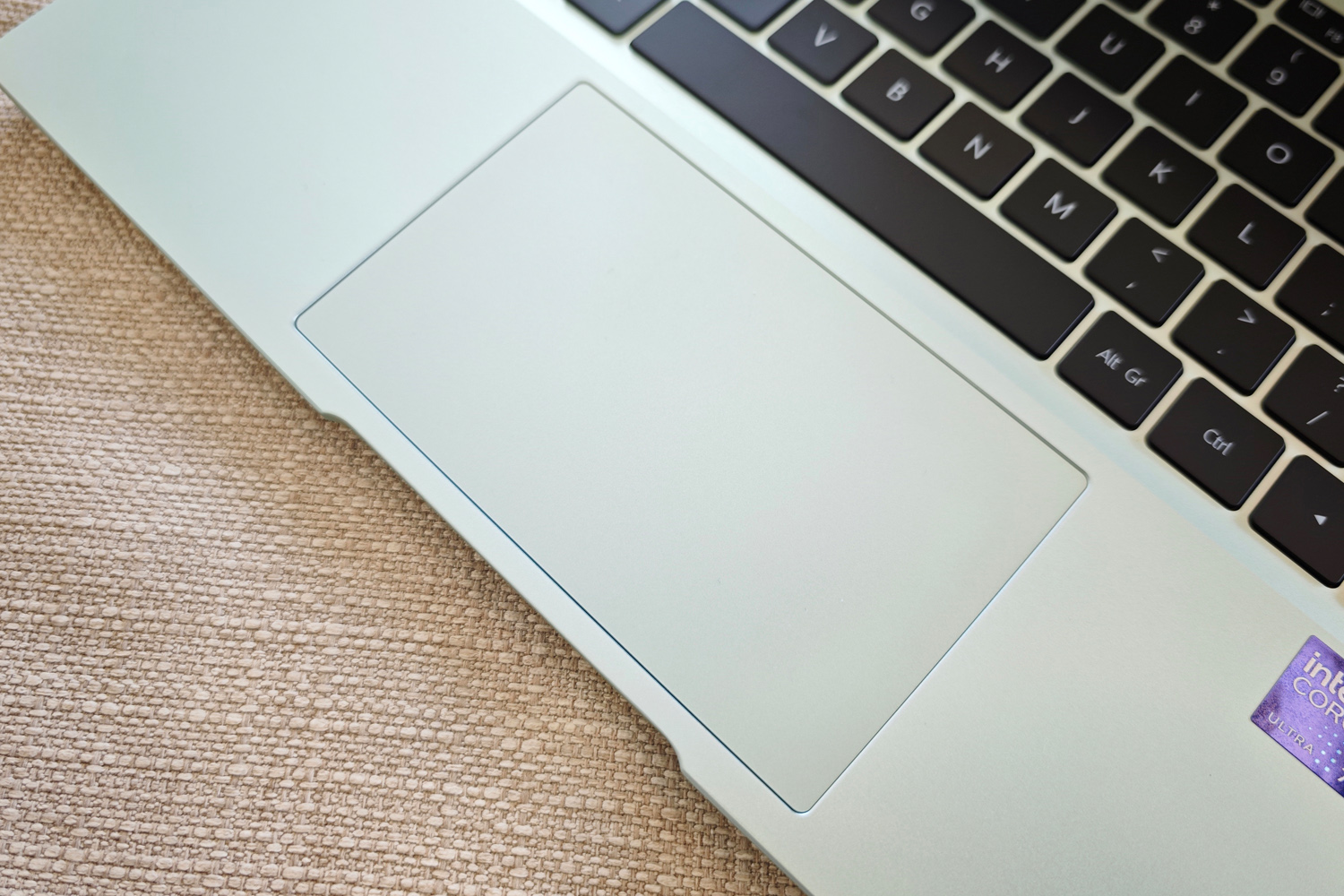
Now that Huawei has ditched the recessed ‘frame’ which surrounded the keys on previous MateBook 14 models, the keyboard looks much more minimal. The layout hasn’t changed, though, meaning half-height function keys and double-stacked up and down arrow keys. Otherwise it’s a full-size QWERTY layout.
The power button is still out on its lonesome above the delete key, where you’re unlikely to accidentally press it. It again doubles as a fingerprint sensor (your only choice for biometric login, as Windows Hello facial recognition isn’t supported), which worked perfectly well for me, skipping the lock screen quickly every time.
The keys themselves have the sort of travel and springy feel I’ve come to expect from Huawei’s laptops,. Which is to say it has plenty of the former, and enough of the latter I wasn’t bottoming out each key unless I properly hammered them. It lacks the crisp feedback of a MacBook keyboard, but only slightly. Bleed from the backlight is minimal, with each key clearly illuminated by white LEDs, though I thought they could stand to be just a little brighter for night-time working.
It’s a decent size, but the MateBook 14’s touchpad isn’t as expansive as the one fitted on the MateBook X Pro, or as clever; there are physical switches underneath, instead of haptic motors and pressure sensors. It felt perfectly responsive though, recognising multi-touch gestures and being friction-free for smooth mouse movement.
The MateBook doesn’t do anything spectacular here – but what it does do, it does very well.
Performance & battery life: cores and effect

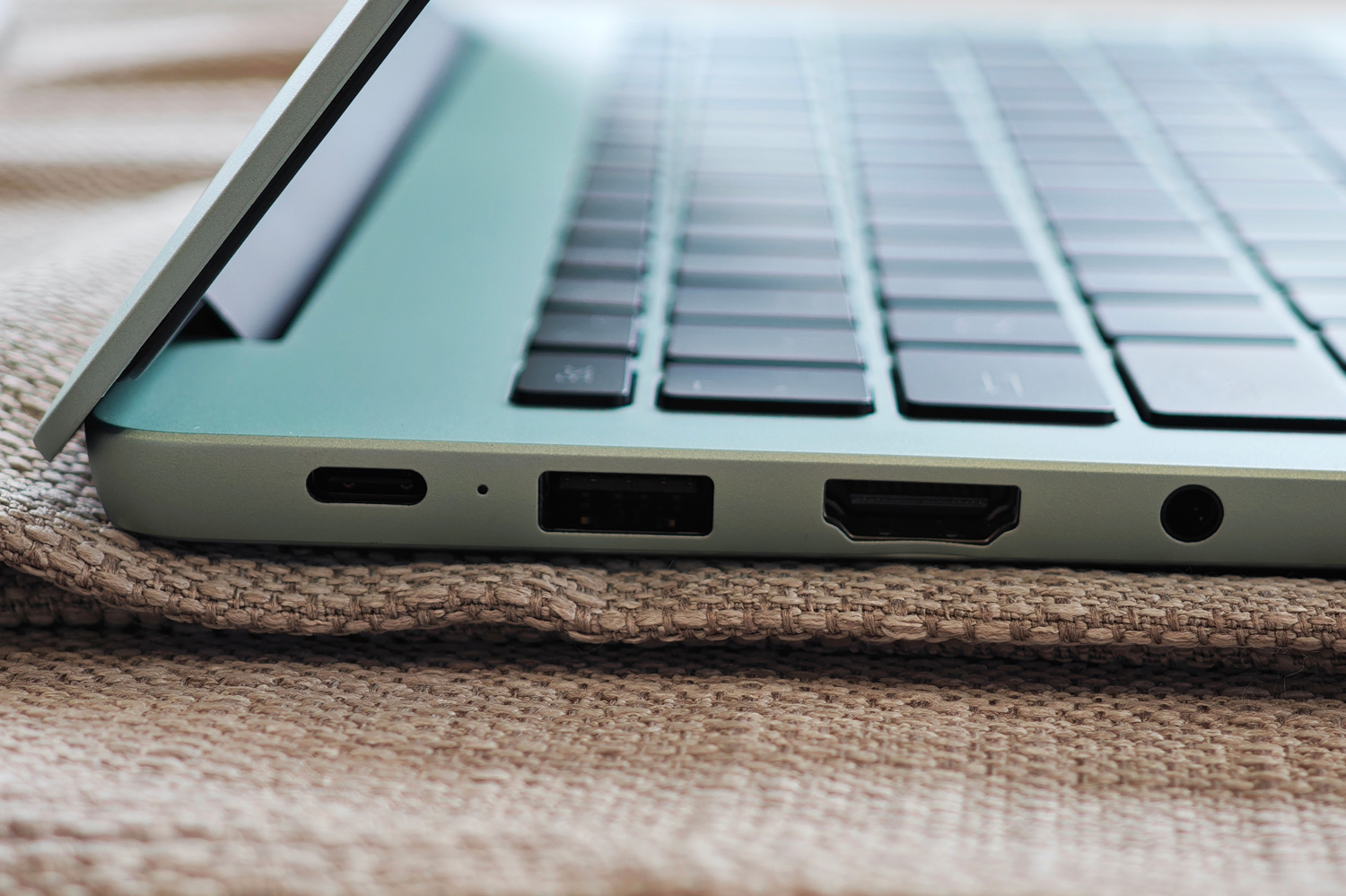
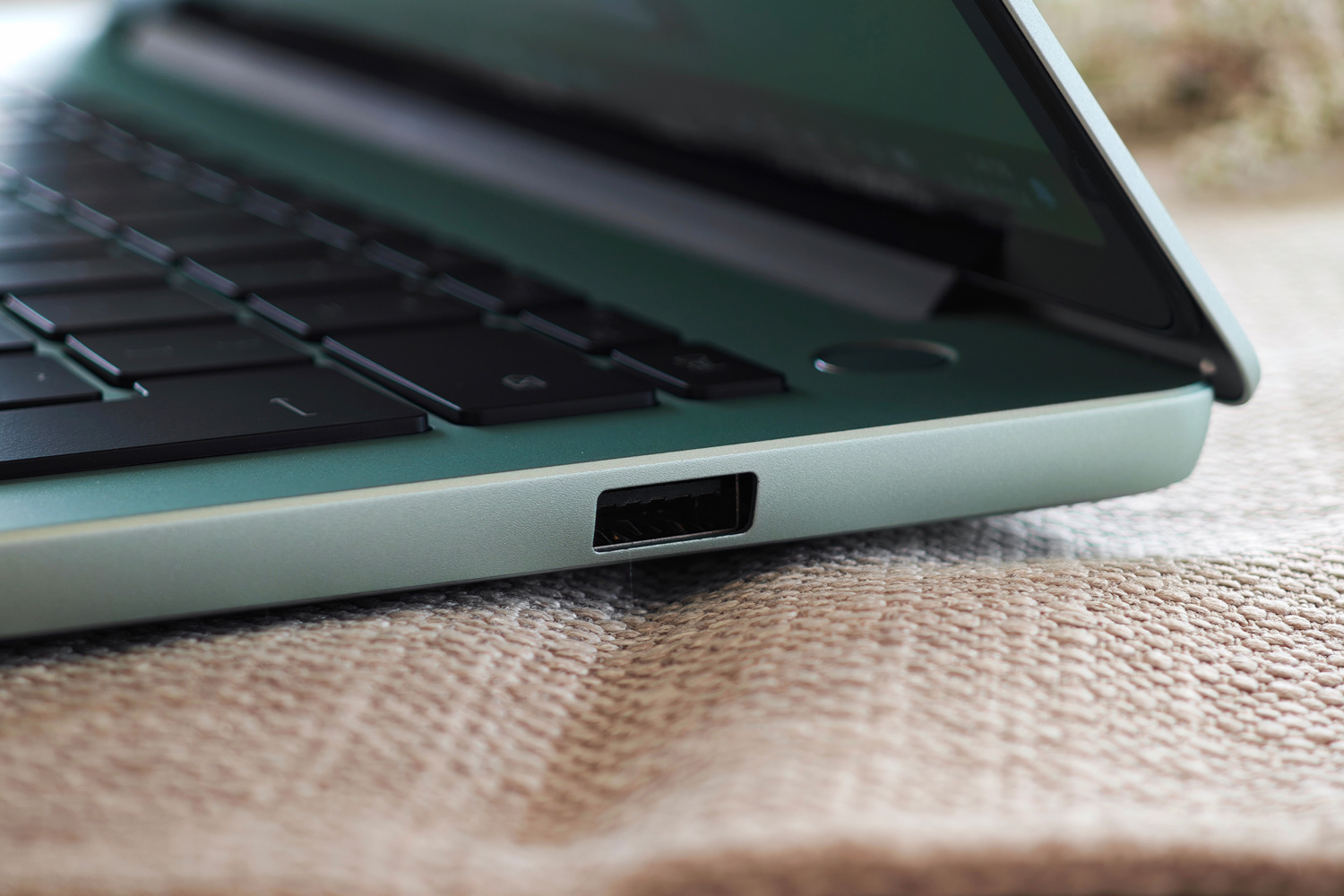
What hardware you’ll find inside the MateBook 14 depends where you live. The UK gets an Intel Core Ultra 7 CPU, 16GB of RAM and 1TB of storage as standard, which is very competitive for the £1199 asking price. There’ll be versions with Ultra 5 chips and potentially smaller SSDs in other territories. I think it’s a shame the UK doesn’t get an Ultra 5 option; not everyone needs the performance oomph of an Ultra 7, and it would’ve let Huawei hit an even lower price point. If you want more power or RAM, Huawei will point you towards the MateBook X Pro.
Naturally America won’t be getting this laptop in any form. In fact, the US government may have significantly shortened the MateBook’s shelf life, by revoking Intel’s license to export chips to the firm. It remains to be seen if Huawei ordered enough to keep the MateBook 14 in stock worldwide without changing to different silicon later down the line.
The MateBook 14 performs in line with other laptops I’ve tested with an Intel Core Ultra 7 155H, with ever-so-slightly lower Geekbench and Cinebench scores than the Asus Zenbook 14 OLED I reviewed at the start of 2024. I think the difference is down to cooling ability and a willingness of other brands to run slightly hotter; the MateBook stayed very quiet throughout my testing.
The CPU has 22 threads split across six performance cores, eight efficiency cores, and two low-power efficiency cores, and clock speeds max out at a healthy 4.8GHz. There’s some AI acceleration too, once apps properly support it. Combined with Huawei’s system-wide Super Turbo, it meant the laptop needs less than ten seconds to reach the Windows desktop from a cold boot. It also felt perfectly responsive after loading up a bunch of browser tabs, local video files and images in Photoshop.
For the sorts of jobs an ultraportable machine like this is going to be doing on the daily – think emails, text documents and a bit of image editing rather than 4K video encodes – there’s plenty of power here. I didn’t notice any major thermal throttling, either,
The Arc A350M integrated graphics can handle some light gaming, including esports titles like League of Legends, albeit at 1080p rather than this laptop’s native resolution. There’s little point asking it to run anything more demanding, unless you consider sub-30fps playable. It’s here where machines with dedicated GPUs still take the lead, even if they compromise on weight, dimensions and/or battery life.
According to Huawei, the 70Whr battery is good for about seven hours of typical use, or 19 hours of video playback. It’s a welcome step up from the smaller 56Whr cell seen on the old MateBook 14, and largely held up to those estimates in my real-world testing. With the screen brightness kept in check and the adaptive refresh rate set to 60Hz, I sometimes saw more than seven hours of web browsing, YouTube playback and document editing, which was enough to get through a working day without reaching for a power cable – if only just.
The latest MacBook Air fares much better, on account of Apple’s ridiculously efficient M3 silicon, so remains my top pick for wandering workers until Snapdragon X Elite-powered rivals get the full review treatment.
Huawei MateBook 14 (2024) verdict
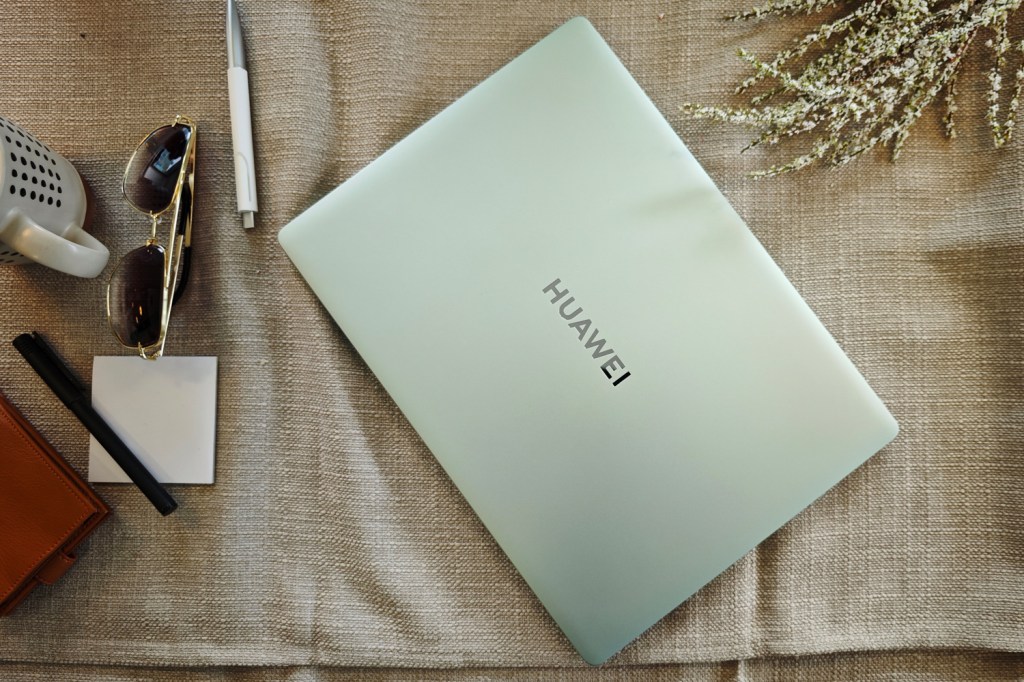
Intel’s Core Ultra CPUs are finding homes in plenty of slim, light laptops right now. The Huawei MateBook 14 stands out from most, and not just because of that distinctive mint green finish. The OLED display looks gorgeous, connectivity is rather good, and it’s absolutely not short on performance.
Pricing puts it directly in the MacBook Air’s firing line, until you realise Apple wants an extra £400 to match the Huawei’s memory and storage capacity. I also think it’s a nicer built machine than the Asus Zenbook 14 OLED, which can be had for similar money – though that machine doesn’t have to contend with any trade embargoes.
As long as Huawei has enough inventory, and you don’t need the absolute best battery life going, I can’t deny you’re getting an awful lot of laptop for your money here.
Stuff Says…
This slimmer, lighter MateBook 14 is a very capable all-rounder that holds its own against class leaders. It’s not perfect, and may not be around for long, but is hard to beat for sheer value.
Pros
Sleeker styling and skinny screen bezels
Intel Core Ultra 7 muscle
Eye-soothing OLED display
Cons
Battery life only OK
Speakers lack punch
Could chip restrictions limit supply?
Huawei MateBook 14 (2024) technical specifications
| Screen | 14in, 2880×1920 OLED w/ 120Hz |
| CPU | Intel Core Ultra 5/Ultra 7 |
| Memory | 16GB |
| Graphics | Intel Arc on-board |
| Storage | 1TB |
| Operating system | Windows 11 |
| Battery | 70Whr |
| Dimensions | 14.5mm thick, 1.31kg |


